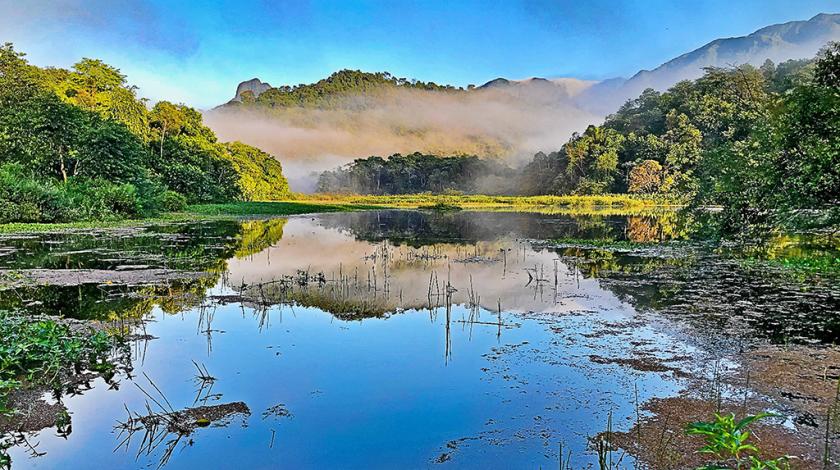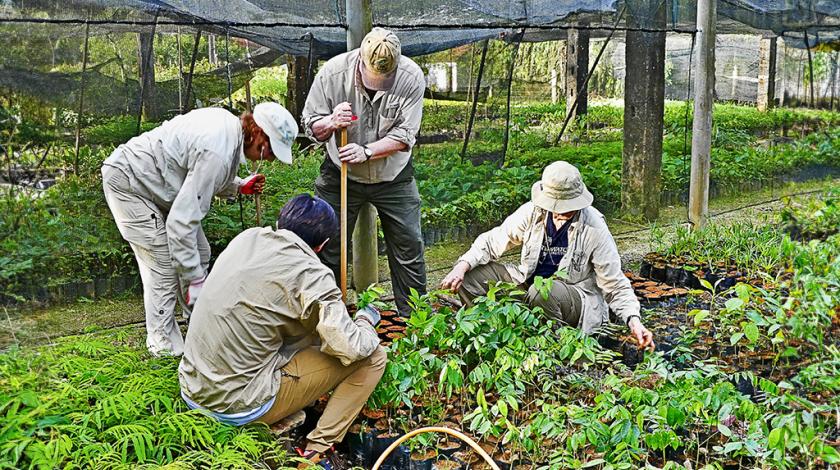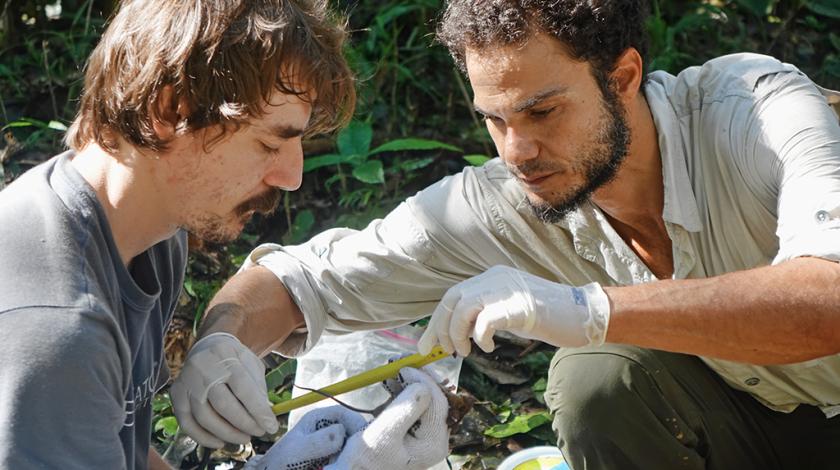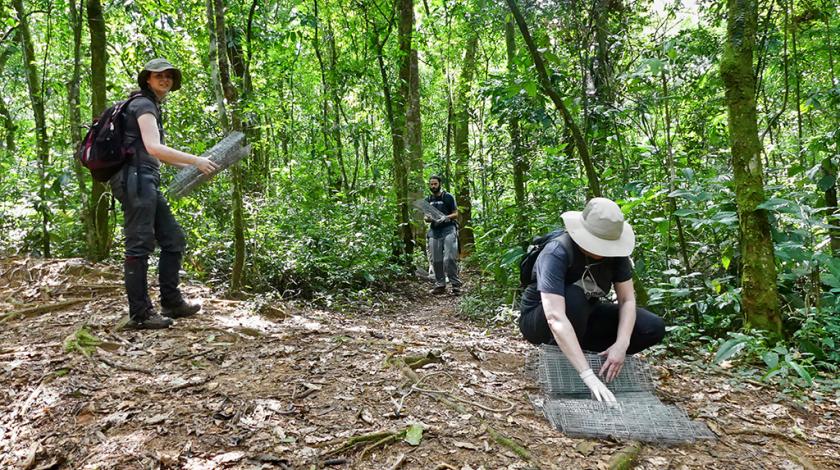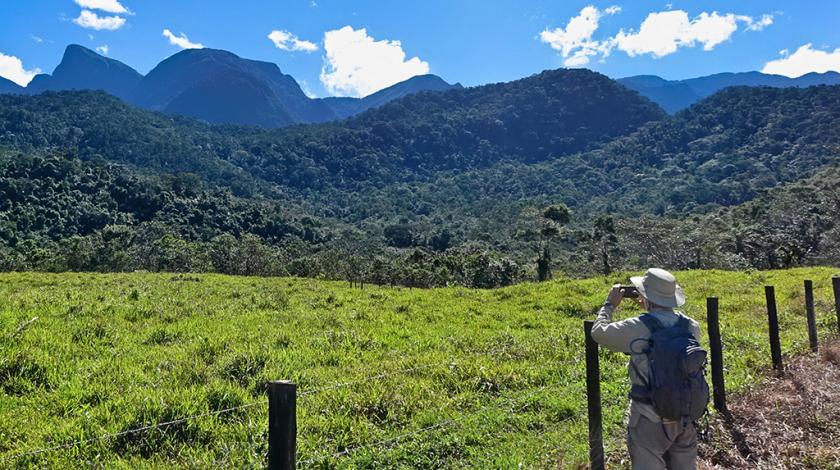BOOK WITH A $500 DEPOSIT
Wildlife and Reforestation in Brazil

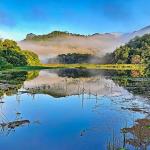
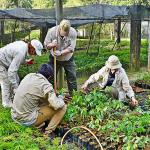


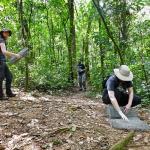
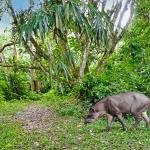

Around the world, ecosystems are collapsing as trees are logged and forests disappear. Large-scale reforestation efforts aim to reverse this decline—but how successful are they?
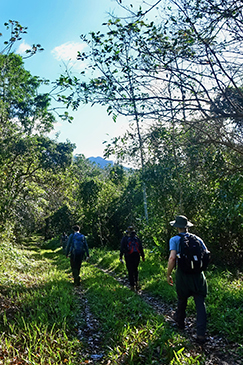 The Serra dos Órgãos mountain range of Rio de Janeiro State creates an amazing landscape of spectacular ridges, valleys, and lowlands, stretching from magnificent mountain summits to mangrove forests on the coast. The Reserva Ecológica de Guapiaçu (REGUA) is nestled into the lowlands of these mountains and is home to a unique wealth of biodiversity. REGUA houses at least 60 mammal species, including elusive southern woolly spider monkeys, pumas, tapirs, and capybaras.
The Serra dos Órgãos mountain range of Rio de Janeiro State creates an amazing landscape of spectacular ridges, valleys, and lowlands, stretching from magnificent mountain summits to mangrove forests on the coast. The Reserva Ecológica de Guapiaçu (REGUA) is nestled into the lowlands of these mountains and is home to a unique wealth of biodiversity. REGUA houses at least 60 mammal species, including elusive southern woolly spider monkeys, pumas, tapirs, and capybaras.
These breathtaking forested mountains and the unique animals that live within them are under incredible strain. Only 15% of the original forest remains, and what remains is fragmented and disconnected. Brazil’s government, conservation organizations, and NGOs have invested in large-scale reforestation efforts to combat this decline and safeguard the area's biodiversity. While these efforts are urgently needed, they should be based on strong scientific data to ensure that how the area is reforested restores both species use and ecosystem services.
On this project, you will investigate small, medium, and large mammals in REGUA, from the common southern four-eyed opossum to the rarely-seen puma. Using both live traps for small to medium animals and camera traps for larger animals, you will collect information about how the mammals of the reserve are responding to reforestation efforts. This project will actively contribute data to the management plan of REGUA and produce technical reports for reforestation decision-makers. Additionally, you will aid in reforesting the reserve by helping to grow seedlings, and you may have the opportunity to plant them within the forest. Your time in the reserve is limited, but the trees you nurture will be protected and may stand for decades.
.
A Typical Itinerary
- DAY 1: Arrive, travel to field site, orientation
- DAYS 2–4: Habitat monitoring, mammal surveys
- DAY 5: Recreational Day (rest or recreational hikes)
- DAY 6: Habitat monitoring, mammal surveys
- DAY 7: Departure
Volunteers on two-week teams will replicate the itinerary above.
.
HOW WILL YOU HELP
.
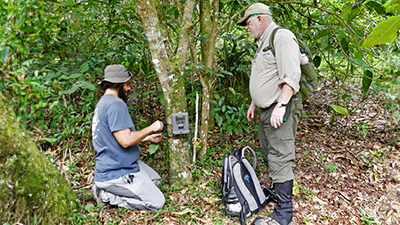
Conduct mammal surveys
You will install camera and live traps, check the traps, handle and process small mammals (optional), collect and clean traps, and enter the data collected.
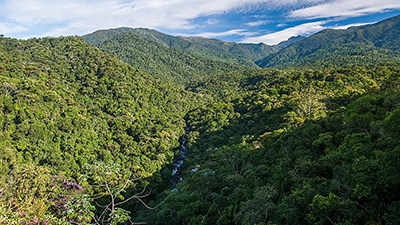
Measure the success of reforestation
You will mark trees and plots on reforestation banks, take field measurements of trees and their conditions, including stand density canopy coverage, and assess tree growth rates.

Conduct reforestation activities
You will aid in reforesting the Atlantic Forest area by participating in various nursery tasks. You may harvest seeds from the forest, process seeds, prepare soil bags, organize the nursery by species, de-weed seedlings, or plant tree seedlings (only during the rainy season).
Field conditions and research needs can lead to changes in the itinerary and activities. We appreciate your cooperation and understanding.
.
FEEDBACK & QUESTIONS
3 Reviews on this Expedition
GET EARTHWATCH NEWSLETTER
Bi-weekly announcements, new expeditions, and updates on our impact around the globe.
